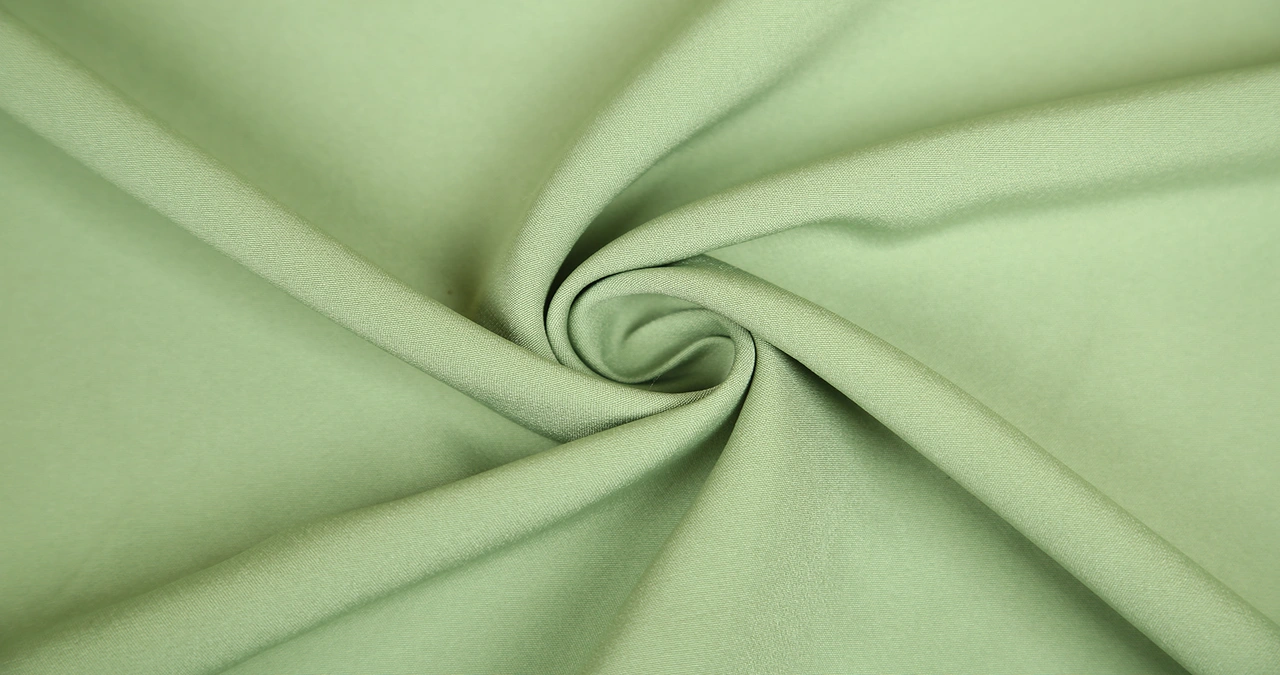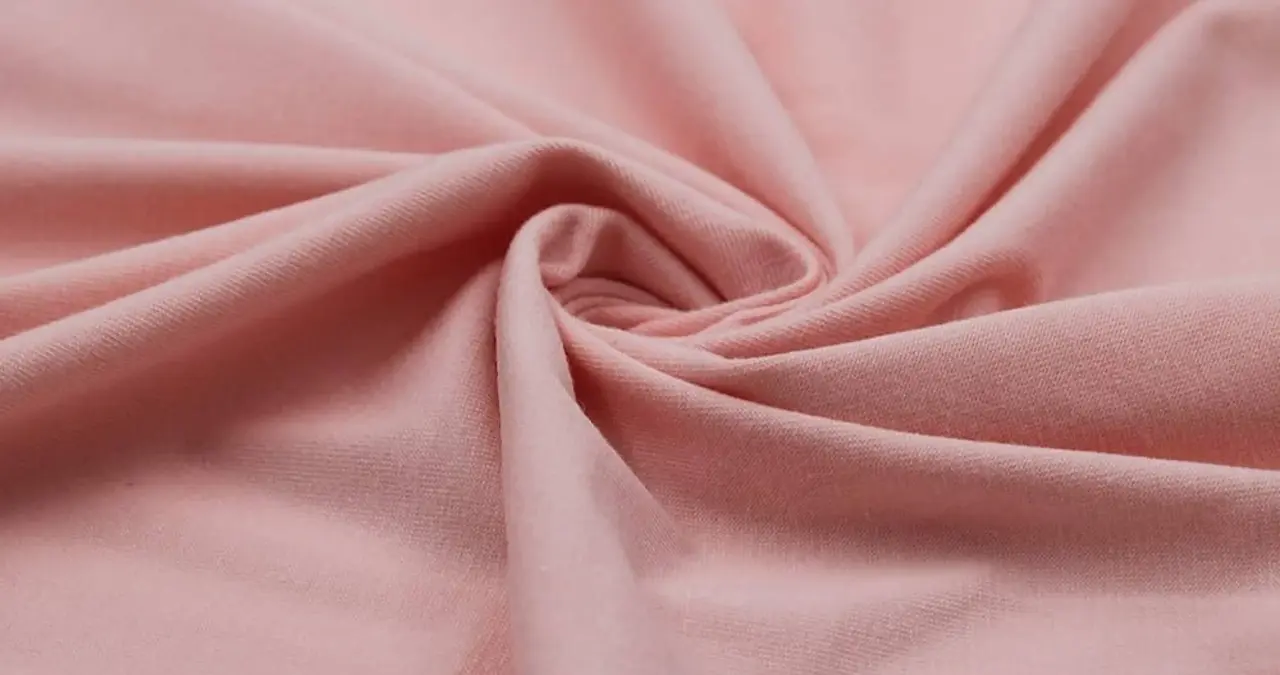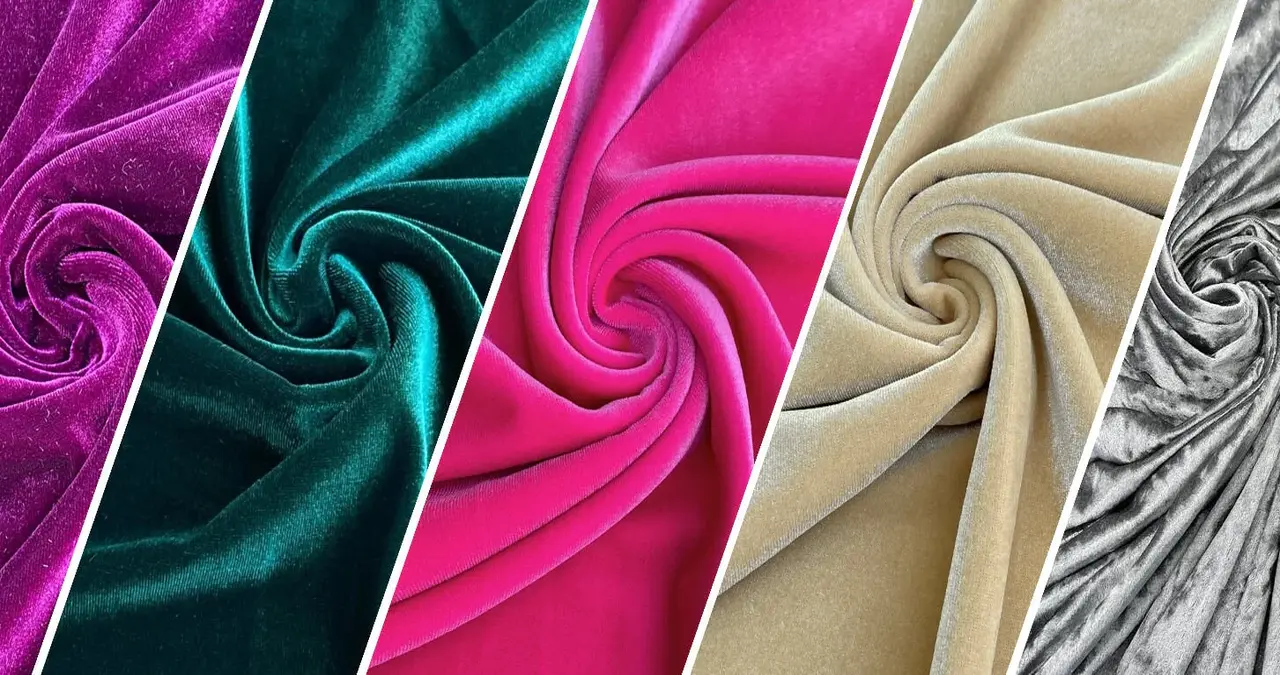Discover everything about crepe fabric, its types, uses, care tips, and more. A detailed expert guide written in a casual tone for fashion enthusiasts and textile lovers.
What is Crepe Fabric?
Crepe fabric is one of those textiles that you’ve probably come across many times, even if you didn’t know its name. Think about that slightly crinkled, textured dress you love or that soft, flowy scarf in your closet. Yep, that’s crepe.
Crepe is a lightweight to medium-weight fabric known for its distinctively crisp, crinkled surface. This texture can range from very fine and subtle to more pronounced, depending on the type of crepe and how it’s made. It’s used in a wide range of garments, including dresses, blouses, pants, and scarves, and even in home decor like curtains and cushion covers.
One of the best things about crepe fabric is its versatility. Whether it’s being used for high-end evening wear or everyday office outfits, crepe adapts. It has a beautiful drape, feels great against the skin, and often doesn’t wrinkle easily, which is a big win in anyone’s book.
History and Origin of Crepe Fabric
Crepe fabric has been around for centuries, and its origin traces back to multiple cultures across the globe. The word “crepe” comes from the French word “crêpe,” which itself was derived from the Latin “crispus,” meaning curled or wrinkled. That pretty much sums up the texture of the fabric.
In the early days, crepe was primarily made from silk and was often associated with mourning wear in Western cultures. Widows wore black silk crepe dresses as a symbol of grief and loss. But over time, crepe moved far beyond these somber associations and became a fabric of elegance and everyday style.
Today, crepe is made using various fibers, including silk, wool, polyester, and rayon. Its uses have expanded, and so has its popularity, making it a go-to fabric in fashion, interiors, and more.
Types of Crepe Fabric
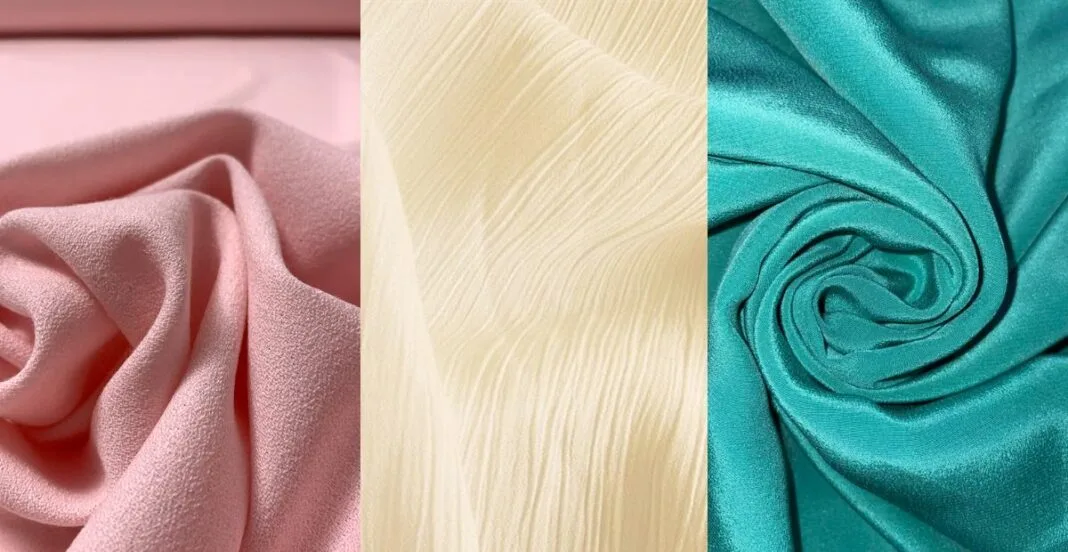
Crepe fabric isn’t just one single type of fabric—it comes in several varieties, each with its unique texture, weight, and drape. Knowing the different types of crepe can help you choose the right one for your next outfit or project.
Silk Crepe
Silk crepe, also known as crepe de Chine, is soft, luxurious, and has a smooth, slightly pebbled texture. It drapes beautifully and is often used in high-end fashion and evening wear. Because it’s made from natural silk fibers, it feels great on the skin and is breathable.
Despite its elegance, silk crepe can be a bit high-maintenance. It’s usually dry clean only and can be prone to snagging. But if you’re looking for something that screams luxury, silk crepe is your best friend.
Georgette Crepe
Georgette is a type of crepe made from silk or synthetic fibers like polyester. It’s lightweight, sheer, and slightly stretchy, which makes it ideal for flowing dresses and blouses. Georgette has a slightly rough texture compared to crepe de Chine, but it’s still soft and wearable.
One of the reasons designers love Georgette is because it’s easy to dye and takes color beautifully. Plus, it’s more durable than it looks, so you get that airy feel without sacrificing strength.
Wool Crepe
Wool crepe is heavier than other types and has a more structured drape. It’s often used for suiting, skirts, and dresses that need a bit more form. The texture is more pronounced, and it has a slightly matte finish.
This type of crepe is perfect for cooler weather. It offers warmth without being bulky, and it maintains its shape well throughout the day. If you want something that looks sharp and feels cozy, wool crepe is worth considering.
Polyester Crepe
Polyester crepe is widely available and budget-friendly. It mimics the look of silk or wool crepe but is made from synthetic fibers, which makes it more durable and easier to care for.
It’s commonly used in everyday clothing like office wear, dresses, and even in some home textiles. The best part? It’s machine washable and wrinkle-resistant, which means low maintenance and high practicality.
Stretch Crepe
Stretch crepe has a bit of spandex or elastane blended in, making it ideal for body-hugging garments like dresses, skirts, and pants. It still has that signature crepe texture but offers more flexibility and comfort.
Designers often turn to stretch crepe when they want a tailored look that’s still easy to move in. It’s a game-changer for fashion that combines style with function.
How Crepe Fabric is Made
The making of crepe fabric involves a unique weaving or knitting process that creates its distinctive texture. The crinkled effect is often achieved through the use of high-twist yarns, which are tightly twisted in alternating directions before being woven together.
In some cases, the texture is chemically induced or achieved through heat-setting techniques. Different methods are used depending on the fiber content and the type of crepe being produced.
What’s really interesting is that crepe can be woven in both plain and complex patterns. The crinkled surface isn’t just for looks—it can also enhance the fabric’s elasticity, making it more adaptable and comfortable to wear.
Uses of Crepe Fabric
Crepe fabric is a favorite in the fashion world, but its uses extend far beyond just clothing. Its versatility makes it suitable for a wide range of applications.
Fashion
In fashion, crepe is practically everywhere. It’s used for everything from elegant evening gowns to everyday blouses. Because of its excellent drape and flow, it’s especially popular for dresses and skirts.
You’ll also find crepe in tailored pieces like suits and trousers, especially when a slightly textured look is desired. Stretch crepe is often used for more fitted pieces, while silk and Georgette versions are common in flowy, romantic styles.
Home Decor
Crepe isn’t just for wearing. You’ll find it in interior design too, especially in items like curtains, cushion covers, and table runners. The fabric’s texture adds a layer of visual interest that flat fabrics just don’t have.
Polyester crepe is often used in home decor because of its durability and ease of maintenance. It holds color well, resists wrinkles, and maintains its texture over time.
Accessories
From scarves and wraps to handbags and headbands, crepe fabric adds a touch of elegance to accessories. Silk crepe, in particular, is a favorite for high-end scarves that feel luxurious against the skin.
Because crepe can be both lightweight and structured, it’s ideal for pieces that need to hold their shape without being stiff.
Benefits of Crepe Fabric
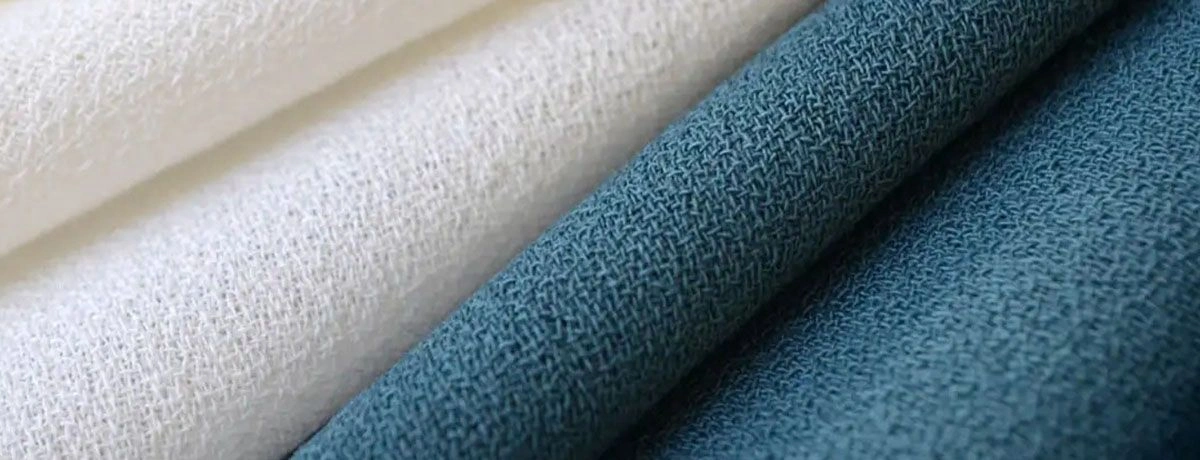
Crepe fabric offers a bunch of benefits that make it a go-to choice for designers and consumers alike.
Beautiful Drape
One of crepe’s standout features is its drape. Whether it’s hanging from your shoulders or flowing around your legs, it moves beautifully. This makes it ideal for garments that are meant to flow and flatter the body.
The natural drape also means that crepe garments often require less tailoring, which can save both time and money in the production process.
Wrinkle Resistance
Unlike many natural fabrics, crepe doesn’t wrinkle easily. That makes it perfect for travel or long workdays when you want to look polished without constant touch-ups.
This resistance to wrinkling is especially strong in synthetic versions like polyester crepe, which also tends to bounce back into shape after being folded or stretched.
Lightweight and Comfortable
Despite its textured surface, crepe is often very lightweight and breathable. Even wool crepe, which is heavier, manages to offer warmth without being overly bulky.
This makes crepe comfortable to wear in a variety of climates. Silk and Georgette crepes are particularly great for warmer weather because they allow airflow and feel cool on the skin.
Versatility
Whether you want something formal or casual, structured or flowing, crepe can deliver. Its adaptability means you can find a crepe fabric that suits almost any need or design vision.
This versatility extends to dyeing and printing as well. Crepe holds color beautifully, which means vibrant hues and detailed patterns are well within reach.

